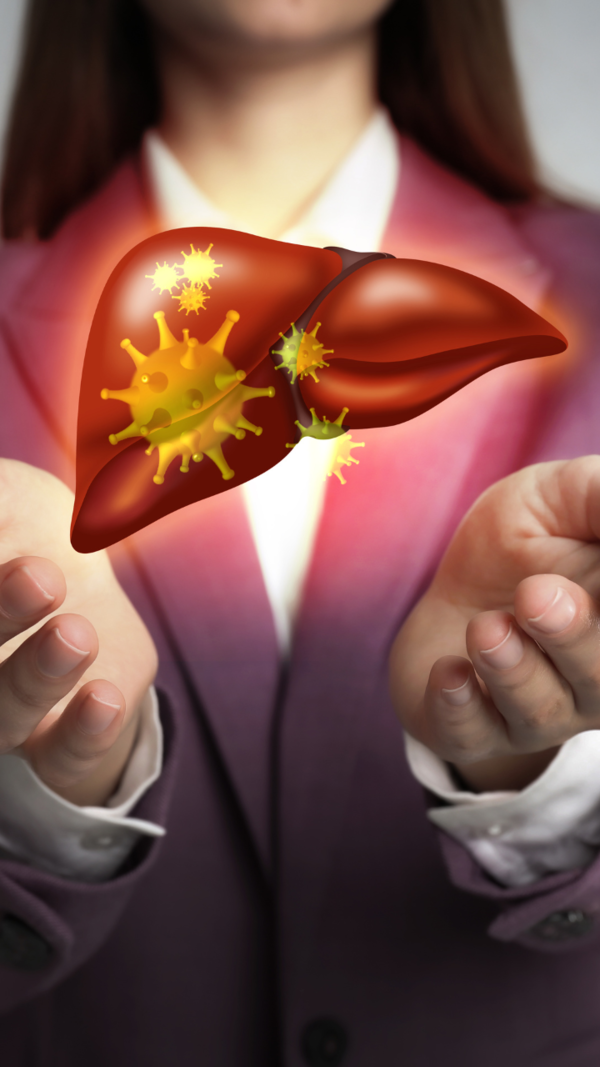- News
- Business News
- India Business News
- Auto component industry capex will hit Rs 25,000 crore to Rs 30,000 crore in FY2026: ICRA
Trending
Auto component industry capex will hit Rs 25,000 crore to Rs 30,000 crore in FY2026: ICRA
CHENNAI: The auto component industry is all set to spend Rs 25,000 crore to Rs 30,000 crore as capex in FY2026, says a latest report by rating agency ICRA.
This will be spent on capacity expansion, localisation/capability development and technological advancement (including EVs), among other things.
At present, only 30% to 40% of the EV supply chain is localised so further localization will attract significant capex spend. So far there has been substantial localisati on in traction motors, control units and battery management systems. However, battery cells, which constitute around 40% of vehicle cost, are still entirely imported.
“The relatively low localisation level gives rise to manufacturing opportunities for domestic auto component suppliers,” said the report.
R&D is still at an average of 1-3% of operating income, significantly lower than the global range. ICRA expects auto ancillaries’ capex to hover around 7% to 8% of operating income over the medium term, with the PLI scheme also contributing to incremental capex towards advanced technology and EV components, she added.
The capex spend comes on the heels of an expected 8% to 10% expansion in the industry’s revenues in FY2026 said the ICRA report.
“ICRA expects the revenue growth of the Indian auto component industry to ease to 7% to 9% in FY2025 and 8% to 10% in FY2026, from the highs of around 14% in FY2024,” said the report.
However, operating margins will be around 11% to 12% supported by benefits from operating leverage, higher content per vehicle and value addition.
Vinutaa S said, “Part of the growth would stem from premiumisation of components and higher value addition. Growth in replacement demand is pegged at 5% to 7% in FY2025 and 7% to 9% in FY2026, driven by increase in vehicle parc, higher average age of vehicles/used car purchases, preventive maintenance and growth in organised spare parts, among other reasons.”
Exports, which account for close to 30% of the industry’s revenues, are likely to be impacted by subdued vehicle sales in the target markets.
“However, factors like rising supplies to new platforms because of vendor diversification initiatives by global OEMs/Tier-Is and higher value addition, partly stemming from increase in outsourcing, augur well for Indian auto component suppliers,” she added.
Stay informed with the latest business news, updates on bank holidays and public holidays.
Decode charts & maximise your stock market earnings | Register Today!
End of Article
FOLLOW US ON SOCIAL MEDIA









